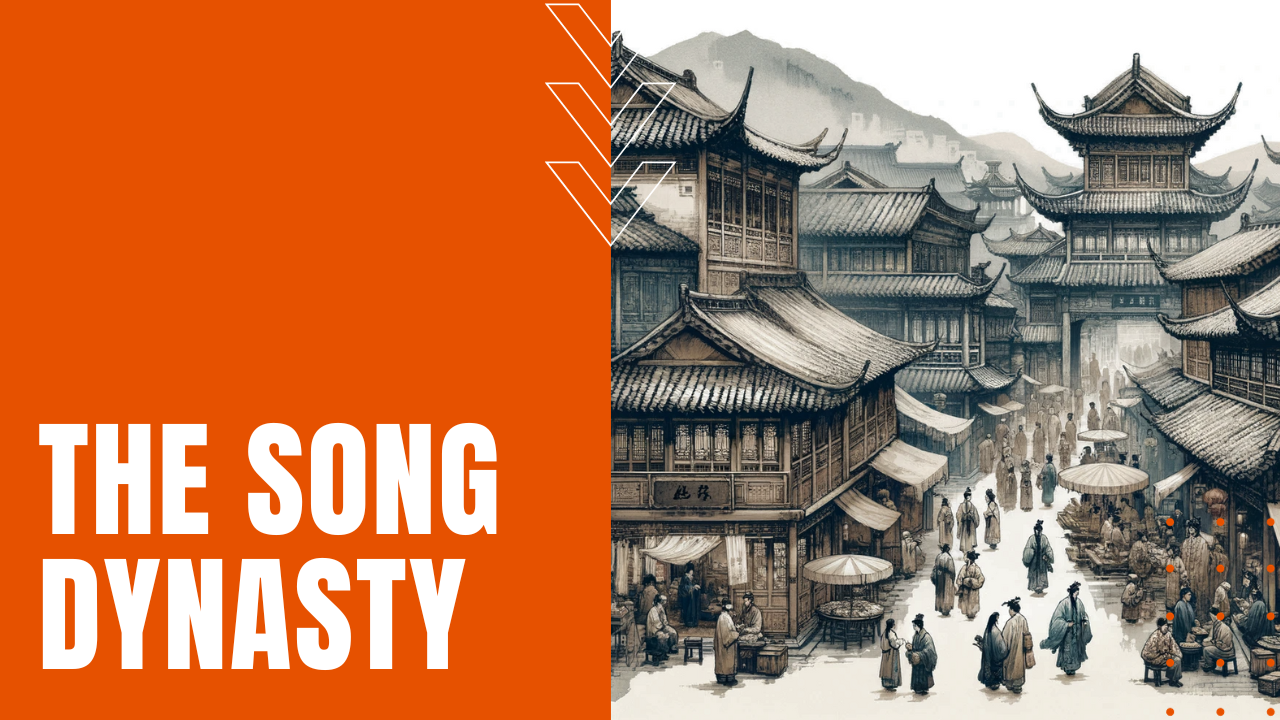The Song Dynasty

After the collapse of the Tang Dynasty in 907 AD, a period of immense upheaval descended upon China under a string of failed kingdoms and attempted power grabs, until General Zhou Kuangyin (joe kung yin) established the Song Dynasty in 960 AD. Ruling under the name Emperor Taizu, the Northern Song Dynasty reigned from 960-1126, ushering in a period of economic, cultural and artistic stability, including technological advances in agriculture, ironworking and printing.
Populations Rise
The Song Dynasty also witnessed a population explosion in most major cities, while government civil service positions were based on a system of meritocracy rather than nepotism or cronyism. The period also saw the establishment of an Imperial Painting Academy, which shunned descriptive realism in exchange for spontaneity and a form of brushwork informed by the study of calligraphy. The period also witnessed a distinctive style in ceramics, which made Song Dynasty vases and tea bowls a much coveted commodity in China and abroad.
New Food Staples
The period also saw rice and tea replace wheat, millet and wine as the nation’s dietary staple, while the now iconic up-turned roof lines appeared in architecture for the first time in Chinese history. Despite the dynasty’s myriad successes, the empire lacked military strength proportionate to the most affluent nation on the planet at the time, relying instead on annual financial gifts to neighboring states to keep the peace, until the semi-nomadic Jurchens succeeded in capturing the capital city of Kaifeng in 1126, forcing royals to establish the geographically smaller Southern Song Dynasty in present-day Hangzhou.
The Beginning of the End
The dynasty’s continued military weakness remained a disturbing concern for Chinese intellectuals of the period, who responded by turning inward as they shunned foreign ideas such as Buddhism, instead embracing the native philosophies of Confucianism and Daoism, as well as a palpable revival in Chinese ancient culture now known as the age of protoarcheology, making the Song Dynasty, a period of relative peace and prosperity in China’s 3,600-year history.
